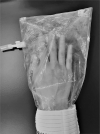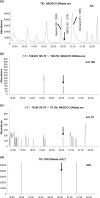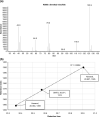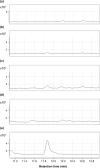How emotional changes affect skin odor and its impact on others
- PMID: 35771844
- PMCID: PMC9246182
- DOI: 10.1371/journal.pone.0270457
How emotional changes affect skin odor and its impact on others
Abstract
The gas emanating from human skin is known to vary depending on one's physical condition and diet. Thus, skin gas has been gaining substantial scholarly attention as an effective noninvasive biomarker for understanding different physical conditions. This study focuses on the relationship between psychological stress and skin gas, which has remained unclear to date. It has been deduced that when participants were subjected to interviews confirmed as stressful by physiological indicators, their skin emitted an odor similar to stir-fried leeks containing allyl mercaptan and dimethyl trisulfide. This characteristic, recognizable odor appeared reproducibly during the stress-inducing situations. Furthermore, the study deduced that individuals who perceive this stress odor experience subjective tension, confusion, and fatigue (Profile of Mood States scale). Thus, the study findings indicate the possibility of human nonverbal communication through odor, which could enhance our understanding of human interaction.
Conflict of interest statement
The authors have declared that no competing interests exist.
Figures










References
-
- Tsuda T, Ohkuwa T, Itoh H. Findings of skin gases and their possibilities in healthcare monitoring. Gas. Biol. Res. Clin. Pract. 2011;125–132.
MeSH terms
LinkOut - more resources
Full Text Sources
Medical

